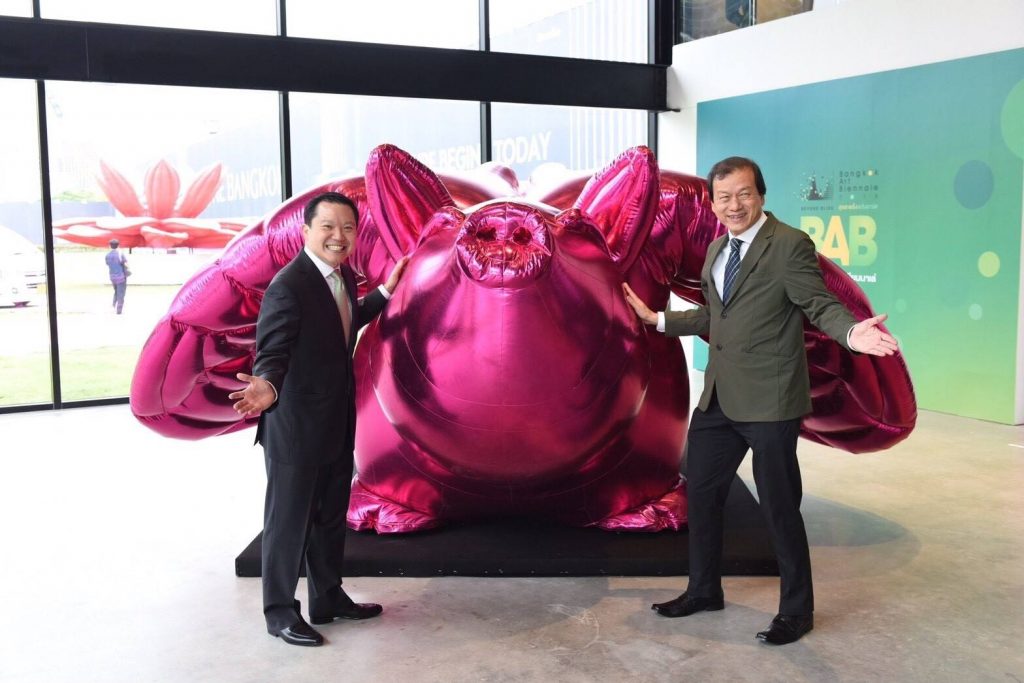75 artists from 33 countries will converge on the Thai capital for the inaugural Bangkok Art Biennale from October 2018 to February 2019, organisers have confirmed. The first-of-its-kind event in Thailand will see contemporary artwork juxtaposed against the backdrop of ancient historical and cultural sites such as Wat Pho and Wat Arun temples and the 19th-century East Asiatic Company building along the Chaophraya river.
As part of the Bangkok Art Biennale, which opens on 19 October, 20 venues across the city will become the staging ground for art installations from well-known figures including French-Chinese Huang Yong Ping, Korean Lee Bul, Japanese Yoshitomo Nara, and British Andrew Stahl, as well as a number of homegrown Thai artists.
The former home of the Denmark-hailing East Asiatic Company building, designed in Venetian style, will play host to art, architecture, performance and installation duo Michael Elmgreen and Ingar Dragset. Meanwhile, the Marina Abramovic Institute’s long-durational performances will show at the Bangkok Art and Culture Centre, and the Serbian performance artist herself will give a lecture at Siam Pavalai Royal Grand Theatre as part of the biennale’s programme of events.
The specially created BAB Box, inside the new One Bangkok complex adjacent to Lumpini park, will act as an information centre for the biennale, providing maps, transport guidance and background information on artists and artworks to the significant numbers of domestic and overseas visitors expected to descend on Bangkok during the course of the festivities.
While the separate Thailand Biennale in Krabi runs from November to February, the Bangkok Art Biennale is the product of cooperation between organisations including the Ministry of Tourism and Sports, the Tourism Authority of Thailand, the Bank of Thailand’s Learning Center, and the Thailand Convention and Exhibition Bureau. The art festival will operate under the theme Beyond Bliss, intended to encourage the interpretation of ‘seemingly unattainable happiness in different ways’. Organisers hope that the art exhibited as part of the biennale will represent ‘the pursuit of happiness, both physical and mental’, ‘the end of suffering’, and ‘social, political and environmental issues’.
“We have created something that has never been done before: new artist commissions that will be situated within ancient sites”, said the Bangkok Art Biennale’s chief executive and artistic director Dr Apinan Poshyananda. “These temples mean a lot to this country’s identity and faith, and it has been an honour to celebrate and juxtapose them with these artworks.”
“With 20 sites, we have intentionally spread the Biennale city-wide,” added Poshyananda, “to ensure the programme can be experienced by broad audiences and be placed in the context of the diversity of Bangkok.”














































































































































































































































































































































































































































































































































































































































































































































































































